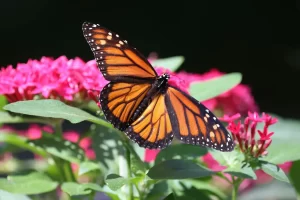
What do monarch butterflies represent on Day of the Dead?
Ubish Yaren Chef, Podcaster and Stand up comedian, born and raised in Mexico City, tour guide since 2015 and his favorite taco is barbacoa. Table

Chef, Podcaster and Stand up comedian, born and raised in Mexico City, tour guide since 2015 and his favorite taco is barbacoa.
Why is Day of the Dead a joyous occasion for Mexican culture? Day of the Dead, or Día de los Muertos, is a Mexican holiday that celebrates the lives of the deceased with food, drink, music, and festivities. It is a time to honor and remember loved ones who have passed away, and to welcome their souls back to Earth for a brief reunion. Contrary to popular belief, Day of the Dead is not a sad or morbid occasion, but rather a joyous and colorful one that reflects the Mexican attitude towards death and the afterlife.
Day of the Dead has its roots in the ancient Mesoamerican cultures that inhabited what is now Mexico before the Spanish conquest. The Aztecs and other Nahua peoples believed that death was an integral part of life, and that the souls of the dead traveled to a place called Chicunamictlán, the Land of the Dead. To reach their final destination, Mictlán, they had to overcome nine challenging levels in a journey that lasted several years. To help them in this journey, their living relatives would offer them food, water, and tools in rituals held in August.
When the Spanish arrived in Mexico in the 16th century, they brought with them their Catholic faith and their own traditions of honoring the dead, such as All Saints’ Day and All Souls’ Day, celebrated on November 1st and 2nd respectively. These dates coincided with the end of the harvest season and the beginning of winter, when many European cultures believed that the veil between the worlds of the living and the dead was thinner. The Spanish tried to convert the indigenous people to Christianity and erase their pagan customs, but they were met with resistance and syncretism. Thus, Day of the Dead emerged as a fusion of Mesoamerican and European elements, a unique expression of Mexican identity and spirituality.
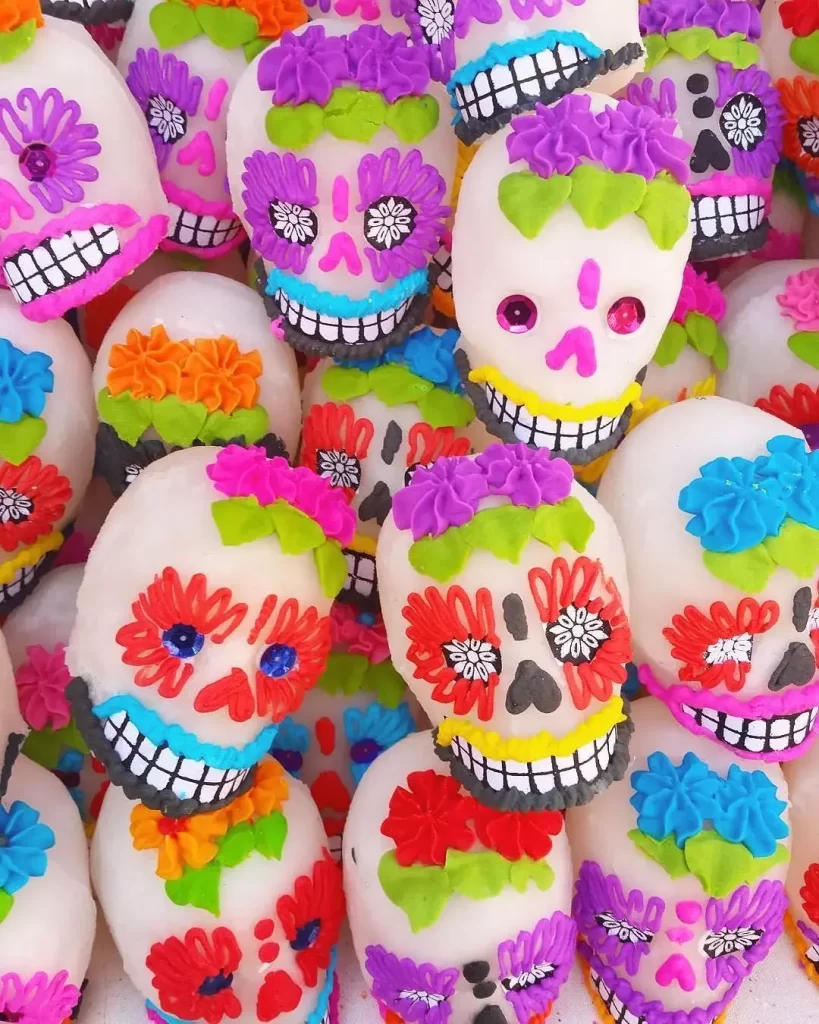
One of the most distinctive features of Day of the Dead is the creation of altars or offerings (ofrendas) for the deceased. These are usually set up in homes or public places, and display photos, personal items, favorite foods and drinks, and other gifts for the departed. The altars are meant to welcome and comfort the souls of the dead, who are believed to return to visit their living relatives during this time.
Another common element of Day of the Dead is the decoration of gravesites or tombs with flowers, candles, paper cut-outs, and other items. Families often visit cemeteries to clean and adorn the graves of their loved ones, as well as to pray, sing, tell stories, and share a meal. This is a way of showing respect and affection for those who have passed away, as well as keeping their memory alive.
Some of the most recognizable symbols of Day of the Dead are:
Day of the Dead is more than just a holiday; it is a way of coping with loss and celebrating life. It is a way of keeping alive the memory and legacy of those who have gone before us, and acknowledging our connection with them across time and space. It is also a way of expressing our cultural identity and values, such as family, community, creativity, humor, and resilience. By embracing death as a natural and inevitable part of life, we can appreciate its beauty and mystery more fully.
Day of the Dead is not a somber or gloomy occasion; it is a joyous one because it affirms our love for our ancestors and our hope for their eternal rest. It also reminds us that we are not alone in this world; we have a spiritual family that supports us and guides us from beyond. It is a celebration that honors both life and death as sacred gifts that we should cherish and respect.
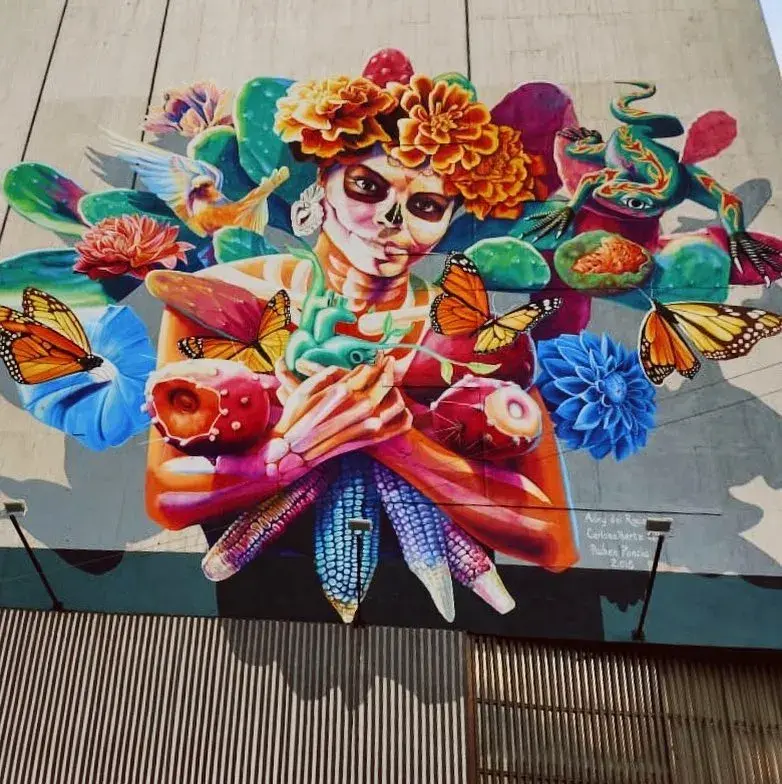
If you want to witness or participate in Day of the Dead festivities, there are many places in Mexico where you can do so. Some of the most famous destinations are:
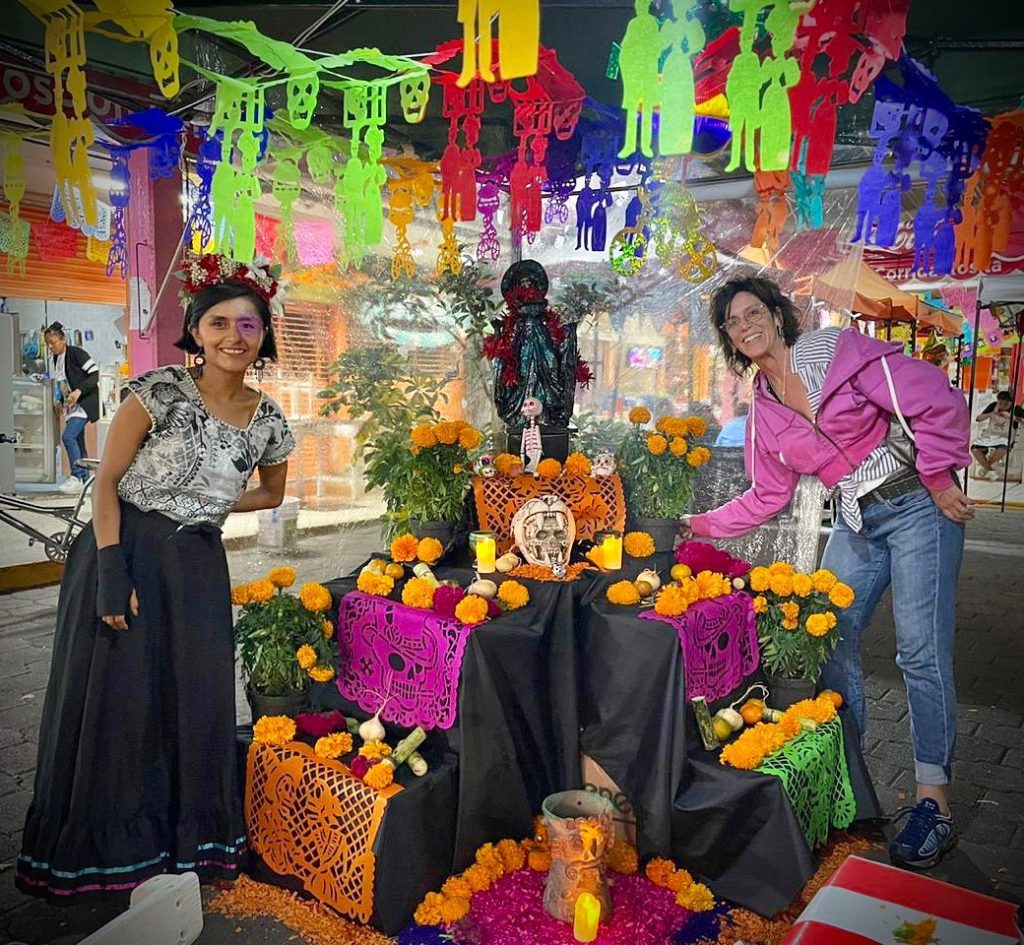
If you want to experience Day of the Dead in a more authentic and immersive way, you can also join one of our tours at MX Underground. We offer guided trips to different regions of Mexico, where you can learn about the local customs and traditions, visit historical and cultural sites, and interact with the people and communities. Our tours are designed to give you a deeper understanding and appreciation of the Mexican culture and spirit, as well as a memorable and fun adventure.
Don’t miss this opportunity to discover the beauty and joy of Day of the Dead Tour in Mexico City. Book your tour today and get ready for an unforgettable experience!

Ubish Yaren Chef, Podcaster and Stand up comedian, born and raised in Mexico City, tour guide since 2015 and his favorite taco is barbacoa. Table
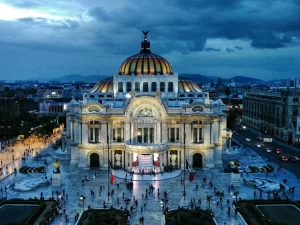
Ubish Yaren Chef, Podcaster and Stand up comedian, born and raised in Mexico City, tour guide since 2015 and his favorite taco is barbacoa. Table
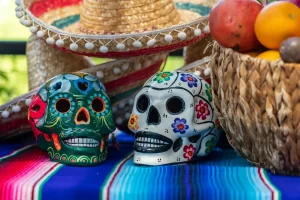
Ubish Yaren Chef, Podcaster and Stand up comedian, born and raised in Mexico City, tour guide since 2015 and his favorite taco is barbacoa. Table